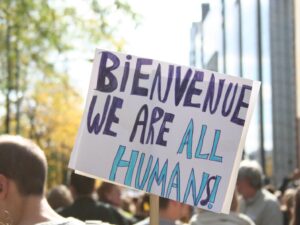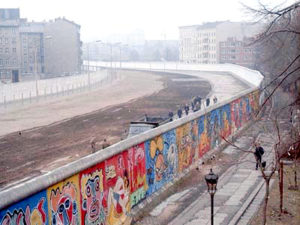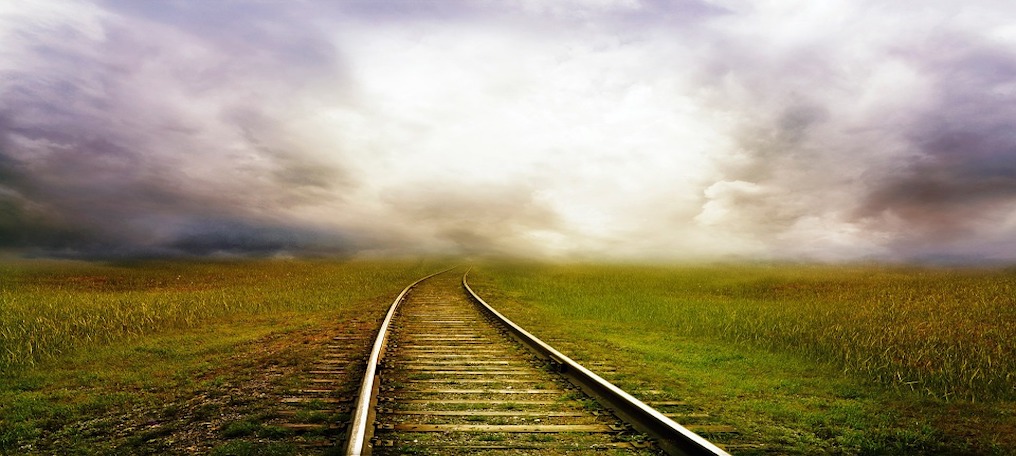
In the school year 2017/2018, two groups of young researchers (Year 6) —from John Clare Primary School in Helpston and Westwood Primary School in March— collaborated with Dr. Justyna Deszcz-Tryhubczak (Anglia Ruskin University and the University of Wrocław) to find out how utopian literature for young readers can inspire an intergenerational dialogue about better futures. The project was supported by the children’s teachers and parents, for which both research teams are most grateful.
The text we explored together was the fantasy novel Un Lun Dun by China Miéville. A summary of the novel can be found at http://www.randomhouse.com/highschool/catalog/display.pperl?isbn=9780345458445&view=printtg, but we insist you read it! The book was proposed by Justyna as an example of a utopian story. The two projects developed as a result of our collaboration were child-led, which means that, having read the novel, the children decided on their own what kind or research the novel inspired them to do.
Below is the children’s account of the project conducted by John Clare Pollution Aid.
“With Justyna, we have been creating a research project to help reduce the pollution on earth after reading a brilliant book called Un Lun Dun. We have decided to make a film that shows the important parts of the book. The film will be available on the school’s website, http://www.johnclareschool.org/. We also surveyed how many children in Key Stage KS1 knew what pollution was, and then we surveyed KS2, too. We have also planned to write a letter to the government to share our ideas. For example, we will include the story about what happened to the Norwegian ‘plastic’ whale, which was talked about on the news. We think we can help solve the pollution problem as we want to have a beautiful world in the future.”
Here is the children’s adaptation by Un Lun Dun. Some of the scenes appear in the novel and some were invented by the team. The children wrote the script and made the film (casting, props, costumes, special effects, production) on their own. The film opens with one of Deeba’s friends being hit by the car driven by Deeba’s father, who did not notice the girls because of the Smog (it is actually a character in the book!). Deeba and her two friends, Hemi and Conductor Jones, go to UnLondon to save it from the Smog, the Smobies (smog-addicts) and Brokkenbroll (we see him in the film as he is telling the Smobies to capture Deeba) . Justyna plays two roles: she is the Smog, which threatens both London and UnLondon, and a receptionist guarding the door to the office of Mrs. Rawley, the Secretary of State for the Environment, who conspires with the Smog. Deeba and her friends confront Rawley at the end of the book and the film.
The children also recorded short interviews in which we all comment on our participation in the project:
Please also have a look at the letter we wrote together and sent for example to the Children’s Commissioner and Friends of the Earth:
„We are writing to inform you about a long term problem, pollution. This is a worldwide problem and it is getting out of hand. Working with Dr. Justyna Deszcz-Tryhubczak from Anglia Ruskin University, we have developed a project inspired by a fantasy book called Un Lun Dun by China Miéville. The book was released in 2007. In the book there is an evil cloud of smoke they call the Smog. The Smog is made up of dirt, fog and polluted air. The Smog pollutes the air and can even kill just the same way as real pollution can do. This made us start a project called the John Clare Pollution Aid.”
The two most polluted cities in Europe are Tatovo and Skopje in Macedonia. We would not want the rest of the world to be like that. Some children are not allowed to go outside for too long because of the contaminated air. Imagine not being able to go outside! Poland is among the many countries of Europe that are polluted. Sweden, Finland and Iceland are also extremely polluted countries in Europe. A lot of the pollution comes from us, human beings. For example, smoking produces lots of smoky air, contributing to pollution. It can also be caused by throwing our waste into the sea. Polluted air can also kill plants and trees and could leave a low amount of breathable air, and so no more plants would be able to grow the way they do now if this continues. Pollution has many other effects: it can trigger asthma, making it hard to breath for everyone, especially those who are asthmatic. It can also affect people’s eyesight, making their eyes sting and water. 40% of deaths in the world are caused by pollution and if we carry on like this, the world could become an extremely dangerous place.
At John Clare Primary School we did a questionnaire with the Key Stage 1 pupils. We asked them whether they knew what pollution is and only two people out of forty nine said that they want the world to be polluted, although we believe they do not know what pollution is capable of. Even so, 47 still would like to have a clean atmosphere. We have decided to make a film that shows the most important parts of the book, such as the smog and a few children trying to stop it. Please watch our film on John Clare website http://www.johnclareschool.org/news-events/gallery.
We hope that with our project we can raise more awareness for the pollution problem. And we are counting on you to spread the message and try to stop pollution with us!”
And finally some artwork, including the story of ‘plastic whale’ and the results of the survey:
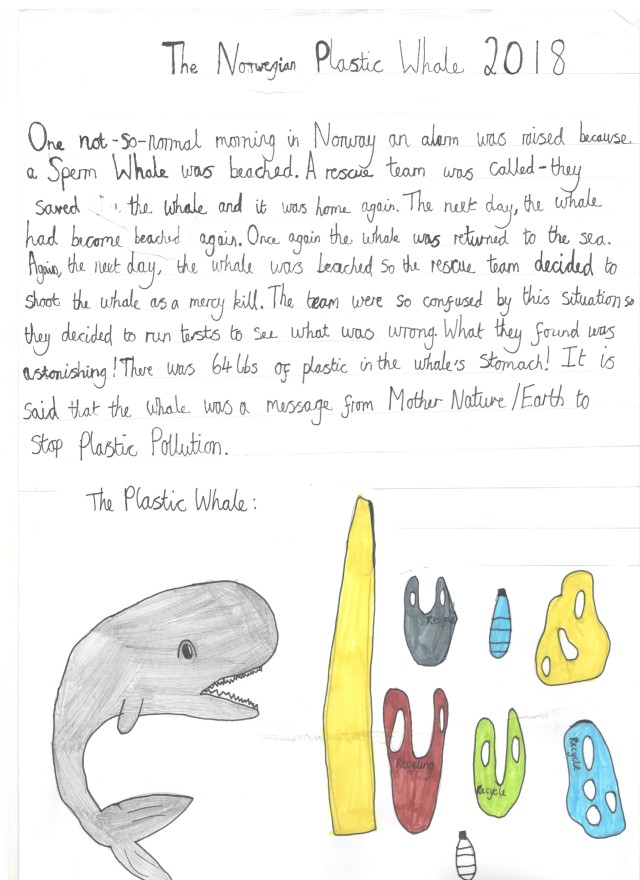
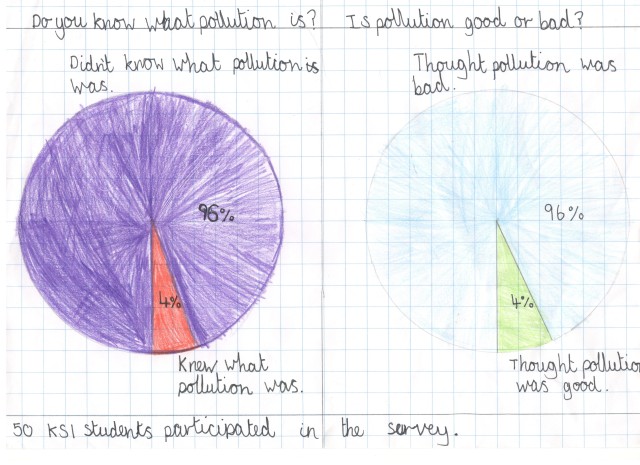
The project developed at Westwood Primary School was also inspired by the conservationist message of Un Lu Dun: it focused on organizing two competitions for the children’s peers: for imaginative ideas about alternative means of transport children could use to get to school and about waste management in children’s households. We received very few entries, which, as we concluded, was caused by the very difficulty of imagining alternatives to what we know. However negative such an outcome may seem, it is not so at all! The children reflected critically on what could have been done differently and decided that the idea of the competitions would be more feasible if teams of younger and older pupils could work together. Hopefully, this idea is used in the future as there is a chance that the project will be continued in the next school year with another group of children.
Here is one of the entries for the competition about the alternative means of transport:
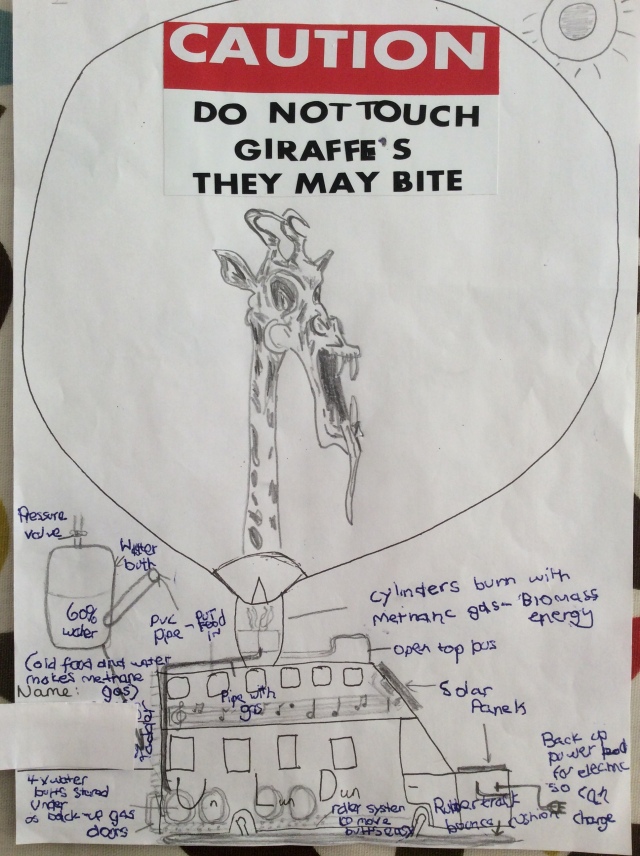
Here are some comments from the children about the project:
As the project began, the children had very mixed views about what the project involved.
“I thought the project was about encouraging children to read.”
“I thought it was a project that was about reading and discussing texts but it was much more than that.”
“When I first joined the group, I thought we would first read the book, take notes and produce a PowerPoint presentation on it. The project involved much more than that in a good way.”
Below are examples of their replies to the following question: “What do you think of the collaboration between the adults and children?”
“I feel it is quite good because adults and children don’t usually collaborate well together.”
“I think that the collaboration has been successful since the adults and children have worked effectively together throughout the project.”
“I think that collaboration between adults and children has been positively successful due to our constant flow of ideas.”
“I think the collaboration was great because parents persevered with their child’s project.”
Here is an excerpt from the teacher’s evaluation of the project:
“As a teacher, I have never considered using ideas from a text to explore children’s understanding of how they can have an impact on their future. I am planning to continue the project in September with a new group of children to see how they respond to the text and how they will develop the idea of a utopian world in Cambridgeshire.”
Both projects have opened up new ways of thinking about the utopian potential of Un Lun Dun and utopian literature as enabling very concrete engagements with the world around us, including intergenerational reading and acting. More broadly, they have shown that children’s literature research can be conceived of and practised as a community of enquiry (children, researchers, other adults, books), based on reciprocal and responsive listening and joint action. We hope they encourage more work of this kind on Un Lun Dun and other children’s books.
Both projects were part of Justyna’s larger project, CHILD ACT: Shaping a Preferable Future: Children’s Reading, Thinking and Talking about Alternative Communities and Times, which received funding from the European Union’s Horizon 2020 research and innovation programme under the Marie Skłodowska-Curie grant agreement no. 745888.
